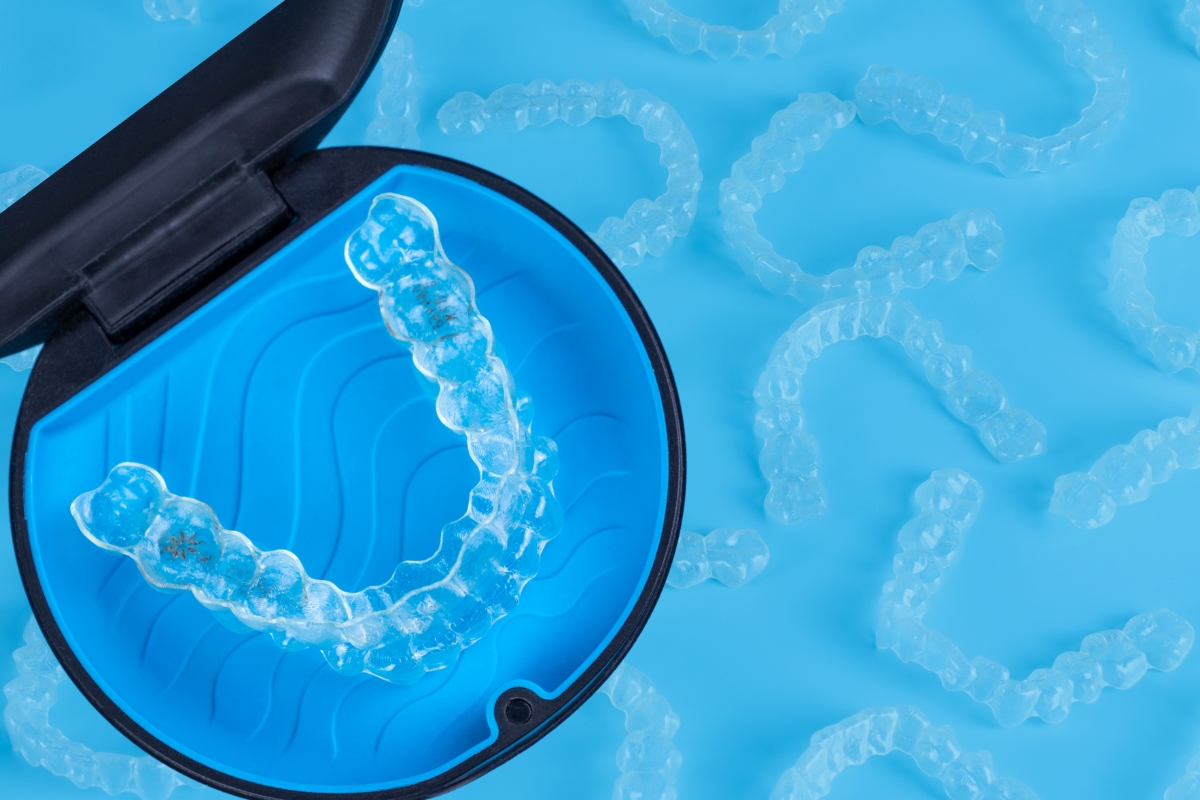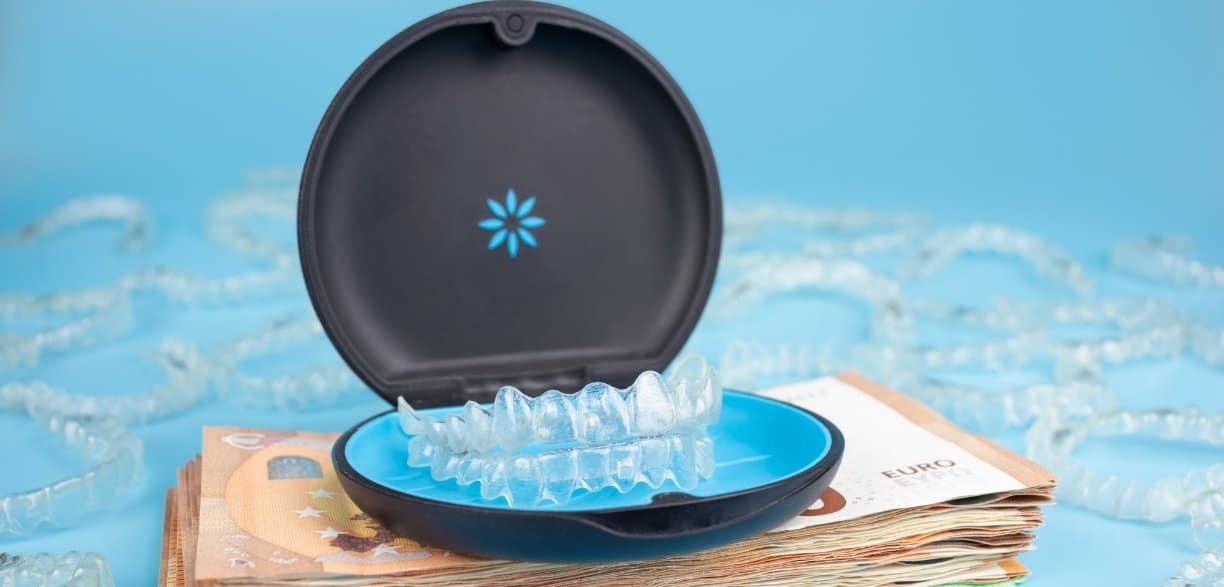
Are you considering getting Invisalign braces? Are you looking for information on the types of treatments available and what to expect from this form of orthodontic treatment? This article provides 10 essential points to consider when starting Invisalign.
1. What is Invisalign?
Invisalign is a type of orthodontic treatment that uses clear, custom-made aligners to gently move teeth into their desired position. The removable aligners are virtually invisible and provide an aesthetically pleasing alternative to traditional metal braces.
2. How Long Does Invisalign Treatment Take?
Invisalign treatment time isn’t the same for everyone—it all depends on the complexity of your case and how closely you follow the recommended wear time. On average, most people complete their treatment in 6 to 18 months, but some may start seeing noticeable changes in as little as 3 to 6 months for minor corrections. More complex cases may take longer, sometimes over 18 months. The key to staying on track is wearing your aligners for 20 to 22 hours a day and following your dentist’s guidance. With consistency and patience, Invisalign can transform your smile efficiently and effectively.
3. How Does It Work?
Invisalign works by using a series of clear aligners that are custom-made for each patient’s mouth. The patient is required to wear each set of aligners for two weeks before moving on to the next set in the series. Each new set of aligners will gradually move teeth into the desired position without applying any force or pressure to them.
4. Scheduling Appointments
Patients undergoing Invisalign treatment must visit their dentist or orthodontist every 4-6 weeks for checkups and to receive new aligners.
5. Cleaning & Care of Your Aligners
- Brush After Every Meal: Prevent food buildup and plaque by brushing your teeth after each meal.
- Clean Your Aligners Daily: Use special cleaning kits or tablets to remove bacteria, stains, and odors.
- Rinse Before Inserting: Always rinse your aligners with lukewarm water before putting them back in to ensure comfort.
- Consistency is Key: Daily cleaning keeps your aligners clear, hygienic, and working effectively.
Take care of your aligners, and they’ll take care of your smile!
6. Diet
To keep your Invisalign treatment on track, steer clear of hard, sticky, and chewy foods. Biting into tough foods like nuts or hard candies can crack your aligners, while sticky treats like caramel or gum can pull them out of place. Even chewy foods, such as bagels or dried fruit, can exert pressure on your teeth, affecting the aligners’ fit. Always remove your trays before eating, and rinse your mouth before putting them back to avoid trapping food particles.
7. Comfort
Invisalign aligners may cause some initial discomfort while they are first being worn, but this should subside within a few days as teeth adjust to their new positioning. Patients can take over-the-counter pain medications to address any additional discomfort during treatment.
8. Maintenance
Invisalign patients must wear a retainer at night after the completion of treatment to ensure that teeth stay in their new position.
Invisalign is an excellent choice for those looking for a discreet and effective orthodontic treatment option. However, it’s important to research all available options before committing to any form of treatment and consult with a dentist or orthodontist beforehand.
A: No, Invisalign should not be painful if properly cared for and worn according to instructions provided by your dentist or orthodontist. Some initial discomfort may be experienced while your teeth adjust to their new positioning, but this should subside within a few days.
A: The length of Invisalign treatment varies depending on the complexity of each case but it typically takes 6-18 months to achieve desired results.
A: No, it’s important to remove aligners before eating and brush your teeth after meals. Eating with the aligners can damage the material and reduce the effectiveness of treatment.



